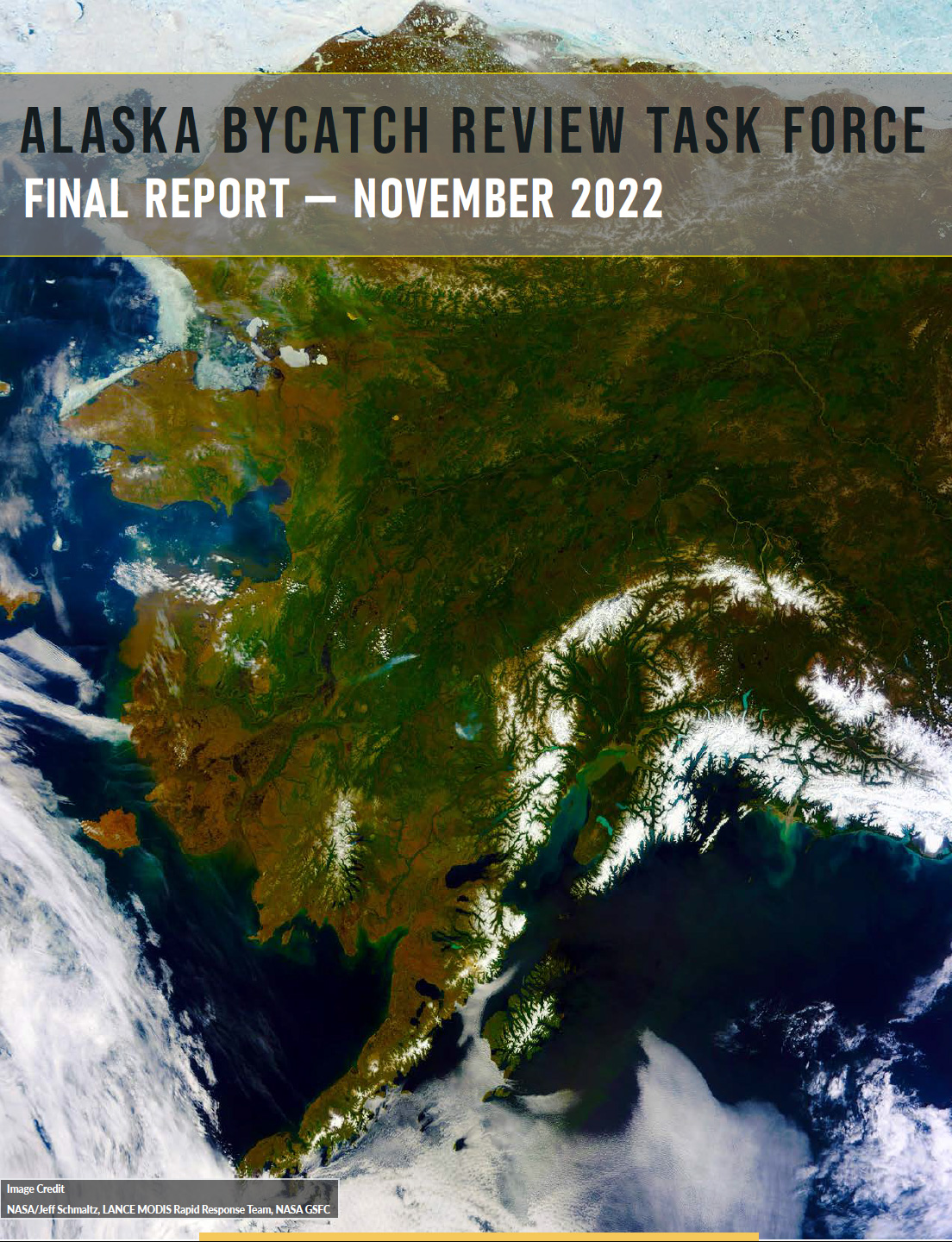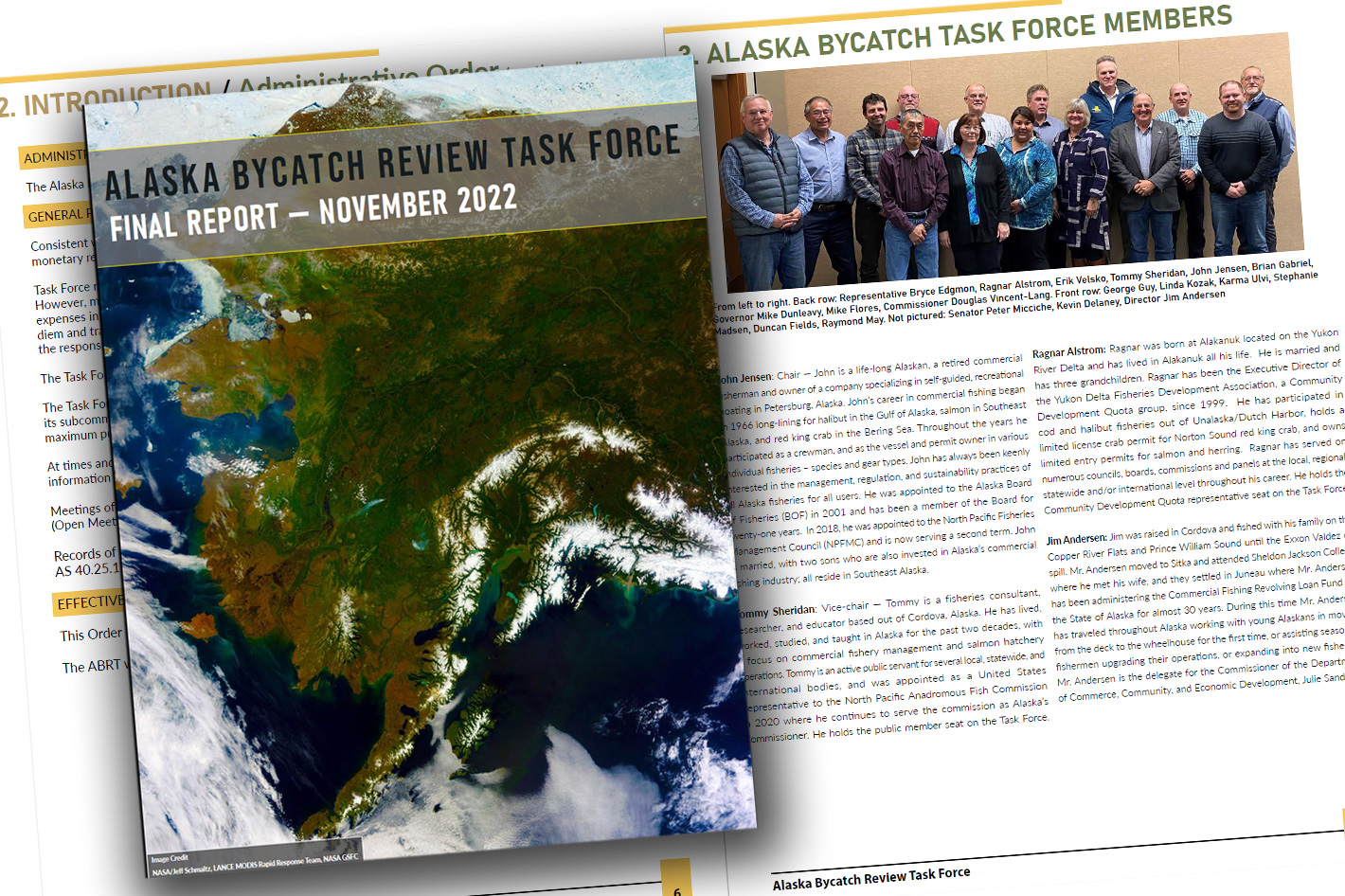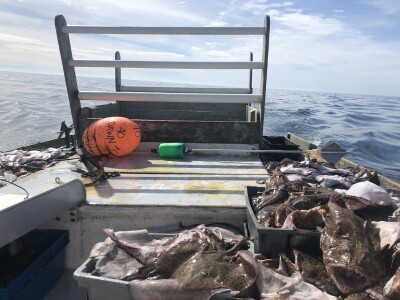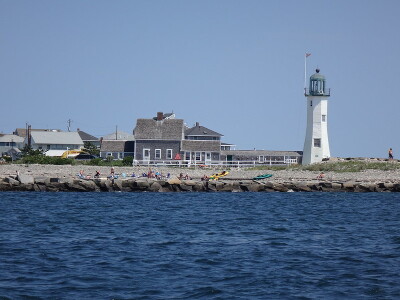Created in 2021 to review bycatch issues impacting salmon, crab and halibut in Alaska, the Alaska Bycatch Review Task Force delivered its final report to Alaska Gov. Mike Dunleavy in December.
“It’s imperative that the state’s fisheries are managed in a way that ensures their success for future generations,” said Dunleavy when the Alaska Bycatch Review Task Force was formed in November 2021 to help better understand unintended bycatch of high value fishery resources in State and federal waters.
The final report is now published, and it recommends, among many other things, the introduction of measures as the firm cap of chum salmon bycatch in the Bering Sea pollock fishery and 10 percent observer coverage, for a period of three years, on non-pelagic trawl vessels in the Gulf of Alaska.
The Task Force had a mission: to review bycatch issues impacting Western Alaska salmon, Gulf of Alaska and Bering Sea crab, and Gulf of Alaska salmon and halibut, to help better understand unintended bycatch of high value fishery resources in State and federal waters. Among the work requested by Dunleavy, the task force had to:
- Study the impact bycatch has on fisheries.
- Evaluate and recommend policies informed by a better understanding of the issue of bycatch of high-value Alaska fishery resources.
- Ensure state agencies are leveraging available resources to better understand the issue of bycatch.
- Utilize the best available science to inform policymakers and the public about these issues.
The Alaska Bycatch Review Task Force was formed by 13 voting members who are appointed by Dunleavy and two non-voting members of the Legislature. The report was delivered ti Dunleavy Dec. 8, outlining bycatch impacts on fisheries and recommending further policies, and to also ensure state agencies are leveraging available resources to better understand the issue of bycatch. John E. Jensen, a life-long Alaskan, a retired commercial fisherman and owner of a company specializing in self-guided, recreational boating in Petersburg, Alaska, was chosen as Chair of the ABRT.

Methods to avoid and reduce bycatch
“I would like to thank the task force members for their hard work and service,” said Dunleavy. “I look forward to working with task force members and stakeholders to do everything we can to get more fish to return to Alaska’s waters.”
The 45-page report is out now, and its general recommendations include an important note: the ABRT discussions highlighted the difficulty in identifying research that is strictly bycatch focused. Most agreed that there were clear research needs to reduce bycatch, but there is also a need to improve our understanding of the target species in order to identify impacts to those species from bycatch. Gaps were identified that need to be addressed for managers to more fully understand and assess what impacts bycatch may have on some fisheries.
Bycatch is defined as fish that are harvested in a fishery but are not sold or kept. While additional factors are almost certainly in play, recent declines in the numbers of halibut, crab, and certain salmon stocks have focused attention on the issue of bycatch. Bycatch can be a component of overfishing and can hinder efforts to rebuild fish stocks.
On the opening note of the report, the task force chairman Jensen writes:
“All fisheries have bycatch. Through our work we saw a need, and made recommendations for, continued work on incentives and methods to avoid and reduce bycatch. In regards to the long term, there is a need to find ways to better utilize unavoidable bycatch. Our recommendations reflect the need to address this by taking incremental measures through regulatory processes to improve bycatch utilization with a particular focus on species that are otherwise marketable, but are caught with non-targeted gear, or discarded in a directed fishery as required by regulation.
“As task force members, we are acutely aware that many Alaskans have strongly held views about bycatch in our fisheries. Although we understood it would be impossible to meet all expectations, our commitment was to work hard to understand all aspects of the challenge and make recommendations grounded in the best available science.
"Our hope throughout this process was that by advancing our work transparently, and with public participation at every stage, Alaskans will have confidence in our recommendations, and that our work will serve to strengthen fisheries conservation in our state. We hope you agree.”
The complete 45-page Alaska Bycatch Review Task Force Final Report – November 2022 can be downloaded following the link above.







